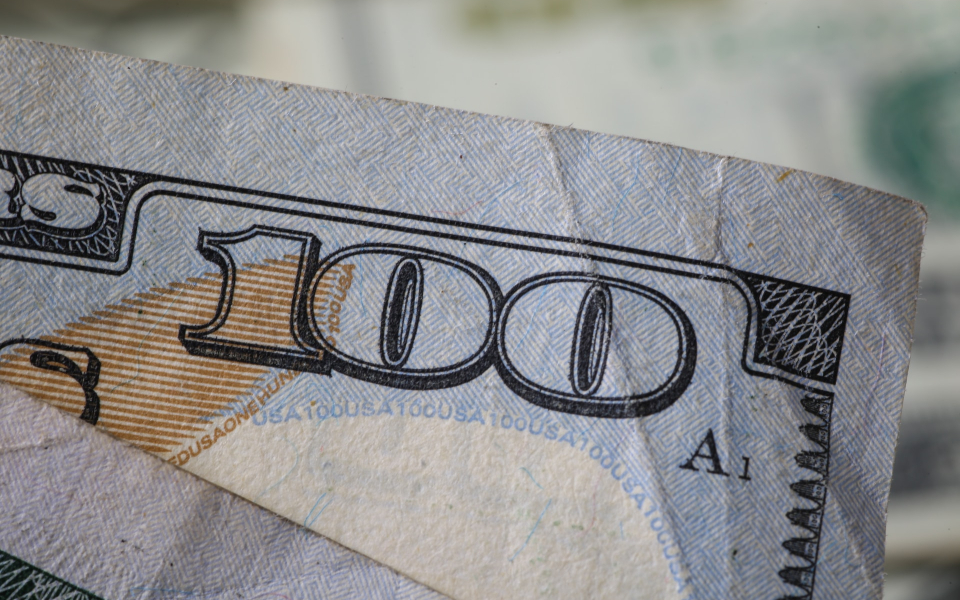The final 2023 policy meeting for the Federal Reserve will most likely end with the decision to hold interest rates where they are. As dull as this appears on the surface, it will not be a "ho-hum" moment for financial markets.
Market participants are looking for signs that cement the view that rate hikes are done with, and that they can expect rate cuts to begin in the first half of 2024. Any other interpretations coming from Wednesday's Fed statement will be a huge disappointment and would likely spur sharp market reactions.
Economic analysts now expect the Federal Reserve to hold policy settings at this week's meeting, accompanied by a more dovish tone in the statement. This would be "on message" to expectations that the Fed will deliver a first-rate cut at least by May.
"At the Wednesday meeting, we expect the Fed to take the initial steps in changing its communication from hawkish holds to dovish holds," said Mark Cabana, rates strategist at Bank of America.
Data Supports More Dovish Expectations
Data since the November meeting has pointed to moderation in economic activity, slowing inflation and - Friday's non-farm payrolls report aside - a cooling labor market.
The dollar index (DXY) has fallen 2.8% since the November meeting, while the Invesco US Dollar Index Bullish ETF
Higher interest rates support the dollar, and the DXY has been on the decline since early October - when data began to show inflation was slowing and markets heard the first hints of dovish rhetoric from the Fed's Open Market Committee (FOMC) members.
At the same time, equity markets have been rallying in hopes of lower rates. Since Oct. 27, when it began its most recent rally, the SPDR S&P 500
Or Will The Fed Push Back?
While expectations are for rate cuts to come, there's still a few analysts who believe the Fed could push back on these hopes on Wednesday.
The question is, they say, can the Fed afford to let the markets dictate central bank policy?
"The bigger story is likely to be contained in the individual Fed member forecasts - how far will they look to back the market perceptions that major rate cuts are on their way? We strongly suspect there will be a lot of pushback here," said James Knightley, chief international economist at ING.
Inflation Remains Key To Fed Thinking
Ahead of the Federal Reserve decision on Wednesday is the publication on Tuesday of November consumer price inflation data, and this could be pivotal. The October report showed headline inflation had dropped to 3.2% from 3.7% in the previous month and, given the rate of decline in energy prices during November, the headline rate is likely to have slowed further.
Indeed, the price of gasoline paid at the pump now averages a little over $3 a gallon. "We are just 7 cents from the national average price of gasoline falling to its lowest level since 2021. Current national average: $3.12/gal," said Patrick de Haan, energy analyst at GasBuddy, in a Tweet on Monday.
The latest consumer confidence report by Michigan University noted a fall in inflation expectations, adding further fuel to the argument that price pressures will ease further.
Ian Shepherdson, chief economist at Pantheon Macroeconomics, said: "We now expect this measure of inflation expectations, which is often referenced by Fed officials, to fall further over the next couple of months, likely dipping below the cycle low, 2.7% in September last year."
Cabana at Bank of America added: "The Fed's confidence has likely grown that its current policy stance is appropriate and sufficiently restrictive. The next policy action will likely be a cut, in our view."










